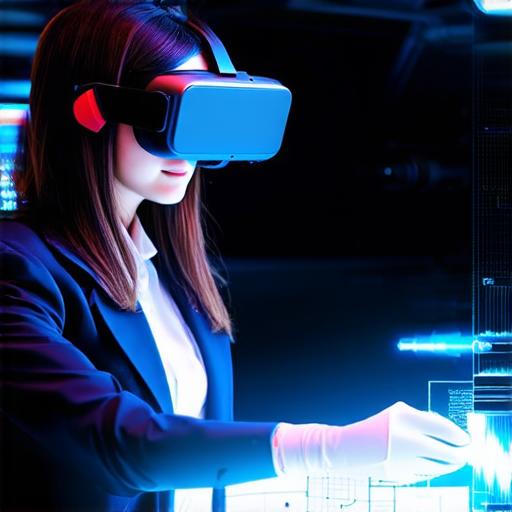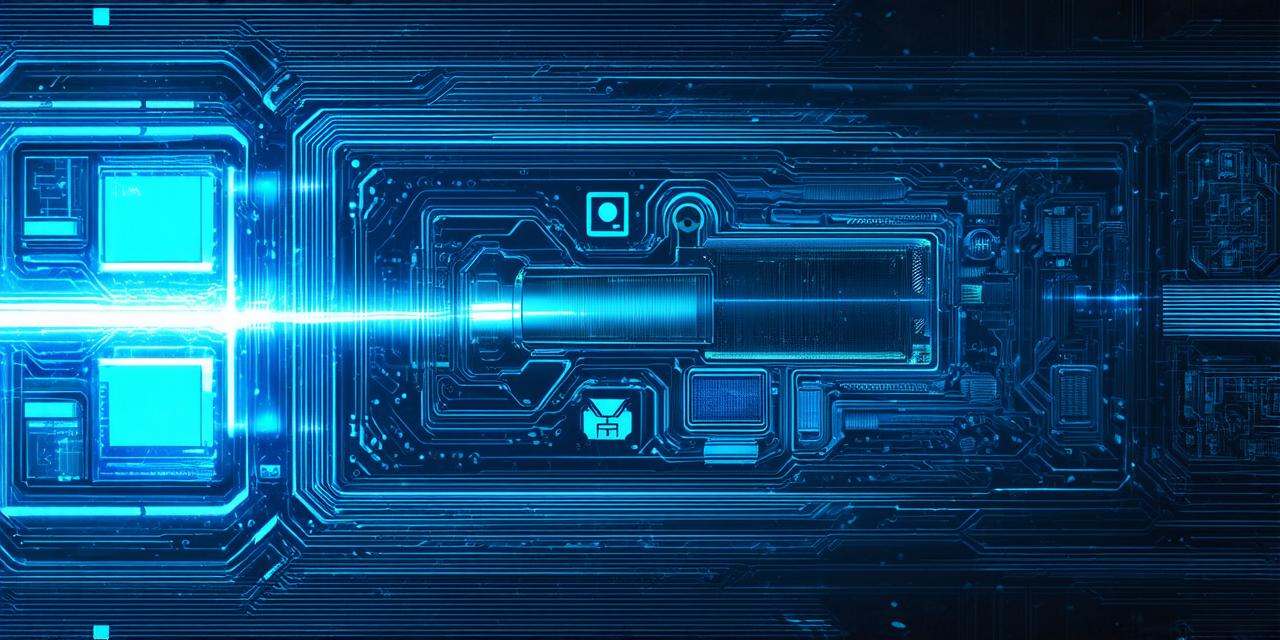Virtual reality (VR) technology has revolutionized the way engineers design and build products. It is a simulated environment that allows individuals to experience and interact with objects in a 3D space. This technology has greatly assisted engineers in their work, improving productivity, accuracy, and safety.
Design and Visualization
One of the main benefits of VR is its ability to provide engineers with a realistic visual representation of their designs. Engineers can use VR headsets to view their creations in a fully immersive environment, giving them a better understanding of how the final product will look and function. This technology has greatly improved the design process, allowing engineers to make changes quickly and easily.
Training and Education

VR technology has also revolutionized the way engineers are trained and educated. With VR simulations, engineers can practice complex tasks in a safe and controlled environment. This allows them to gain practical experience without risking injury or damage to equipment. Additionally, VR training is more engaging than traditional classroom-based methods, making it easier for engineers to retain information and apply their skills on the job.
Maintenance and Repair
Engineers can also use VR technology to assist in maintenance and repair tasks. With a virtual representation of the product, engineers can identify issues and make repairs quickly and efficiently. This can save time and money by reducing the need for physical equipment and minimizing downtime.
Safety and Risk Assessment
Virtual reality has also greatly improved safety in engineering workplaces. Engineers can use VR simulations to test products and designs under different conditions, allowing them to identify potential safety hazards before they occur. This technology can help prevent accidents and injuries, making the workplace safer for everyone involved.
Conclusion
In conclusion, virtual reality technology has greatly assisted engineers in their work. It has improved productivity, accuracy, and safety by providing a realistic visual representation of designs, enhancing training and education, assisting in maintenance and repair tasks, and improving safety in the workplace. With the continued advancements in VR technology, we can expect to see even more benefits for engineers in the future.
